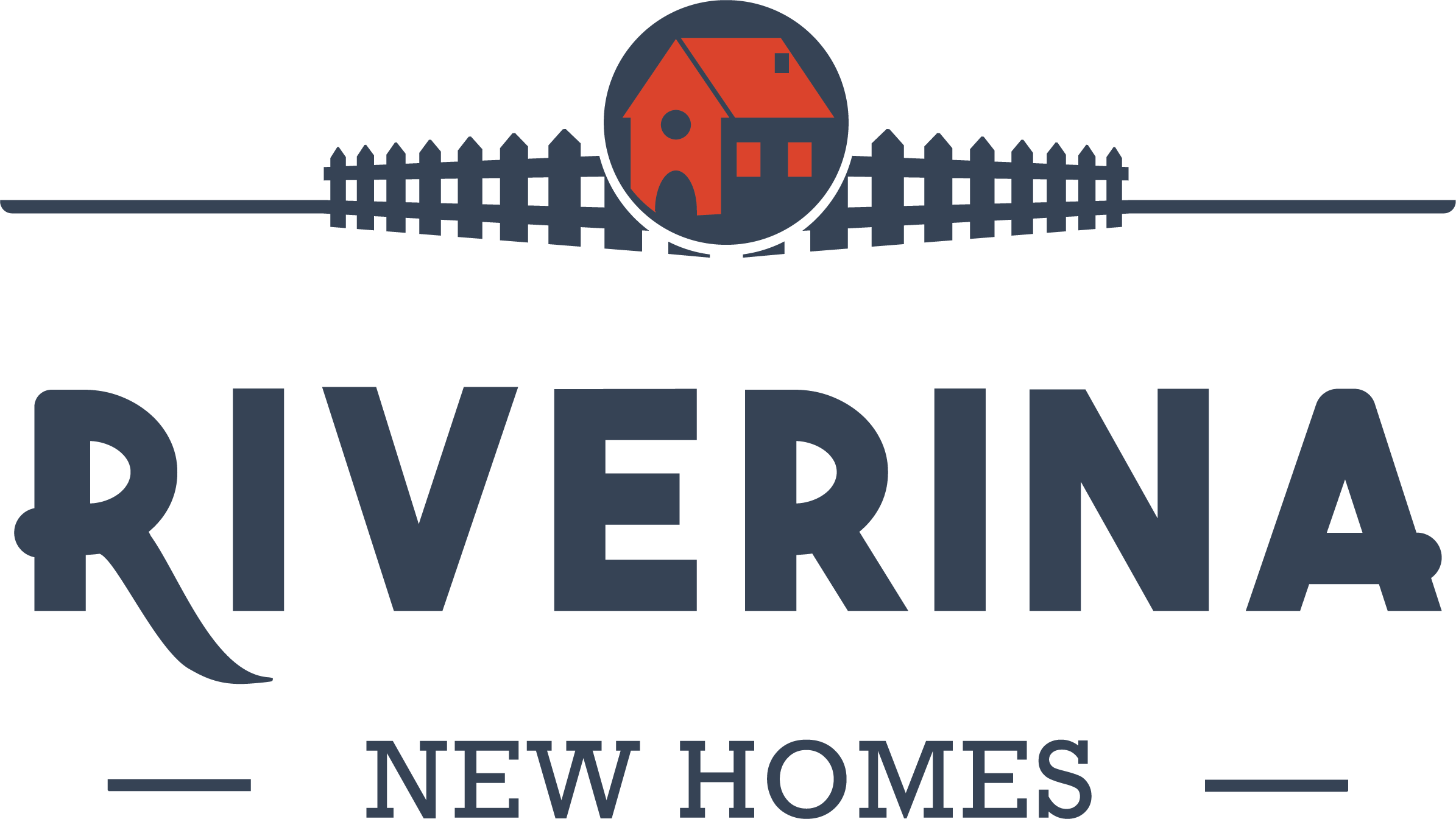About Wagga
Wagga Wagga, affectionately known as the heart of the Riverina region in New South Wales, Australia, stands as a testament to growth, community, and educational excellence. With its strategic position as a pivotal hub connecting Melbourne, Sydney, and Adelaide, Wagga Wagga has evolved from its rich pastoral and agricultural roots into a bustling regional centre. This article explores the vibrant educational landscape, demographic trends, and the city’s historical significance, providing a snapshot of what makes Wagga Wagga a remarkable place to live, learn, and grow.
As of the latest data, Wagga Wagga’s population stands as a testament to its appeal, with a diverse community of approximately 71,000 residents. The city’s strategic vision, encapsulated in the council’s ambitious plan to reach 100,000 residents, reflects a commitment to sustainable growth, infrastructure development, and enhanced liveability. This vision is underpinned by targeted investments in education, healthcare, transportation, and recreation, aimed at attracting families, professionals, and businesses to the region.
Forecasted growth is supported by demographic trends indicating an increasing attraction to regional living, bolstered by advancements in remote work, quality of life improvements, and the allure of Wagga Wagga’s community-focused lifestyle. The city’s plan is not merely about increasing numbers; it’s about nurturing a vibrant, dynamic community that offers opportunities for all residents to thrive.
Wagga Wagga’s storied past is intertwined with the broader narrative of the Riverina region. Originally inhabited by the Wiradjuri people, the area was dubbed “Wagga Wagga” – believed to originally mean “place of many crows” in the Wiradjuri language, later adopting Wagga Wagga as “dance and celebrations”. The mid-19th century saw European settlers establish the town as an agricultural and pastoral powerhouse, a legacy that continues to influence the city’s economy and culture.
Over the years, Wagga Wagga has grown to become the regional hub of the Riverina, embodying resilience, innovation, and community spirit. Its strategic location along major transport routes has played a crucial role in its development as a commercial, cultural, and educational centre, servicing a vast hinterland and attracting people from diverse backgrounds.
Today, Wagga Wagga stands proud as a regional powerhouse, offering a unique blend of urban amenities and rural charm. Its educational institutions, from primary schools to tertiary education at Charles Sturt University, set the standard for academic excellence. The city’s growth strategy, focused on attracting a diverse population, underscores its role as a beacon of opportunity, sustainability, and community well-being in the Riverina.
In summary, Wagga Wagga represents a compelling mix of history, education, and forward-looking growth. Its schools are pillars of the community, offering pathways to success for students of all ages. With a clear vision for the future, Wagga Wagga is poised for continued expansion, promising a vibrant, inclusive, and dynamic community for generations to come. Whether you’re drawn to its educational opportunities, its rich history, or its strategic importance in the Riverina, Wagga Wagga offers a welcoming place to call home, learn, and grow.
Wagga Wagga boasts a diverse array of educational institutions, catering to a wide range of academic and vocational interests. Among the standout primary and secondary schools are:
The Riverina Anglican College (TRAC): Offering a comprehensive Anglican education, TRAC is renowned for its strong academic program, vibrant co-curricular activities, and emphasis on community service, preparing students for a bright future.
Kildare Catholic College: As a leading Catholic co-educational institution, Kildare provides a nurturing environment focused on excellence in education, spiritual formation, and the development of the whole person.
Mater Dei Catholic College: Mater Dei prides itself on a holistic approach to education, blending academic rigor with spiritual and personal growth, ensuring students are well-equipped for life beyond school.
These institutions, along with numerous public schools, contribute to a rich educational tapestry that supports the development of well-rounded, knowledgeable, and skilled individuals ready to contribute to society.

